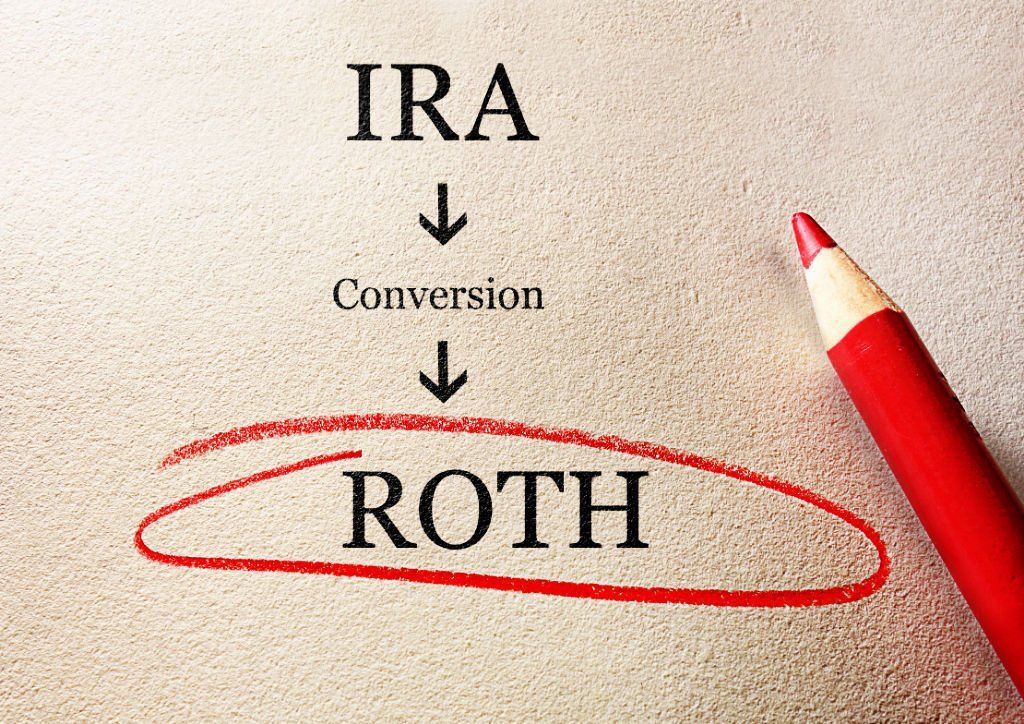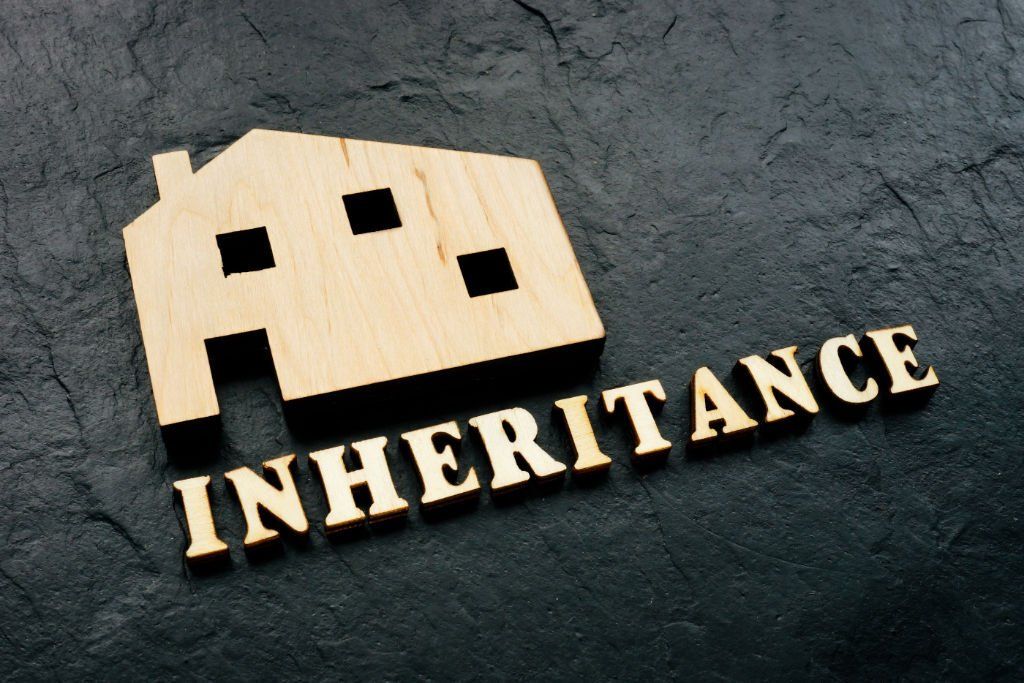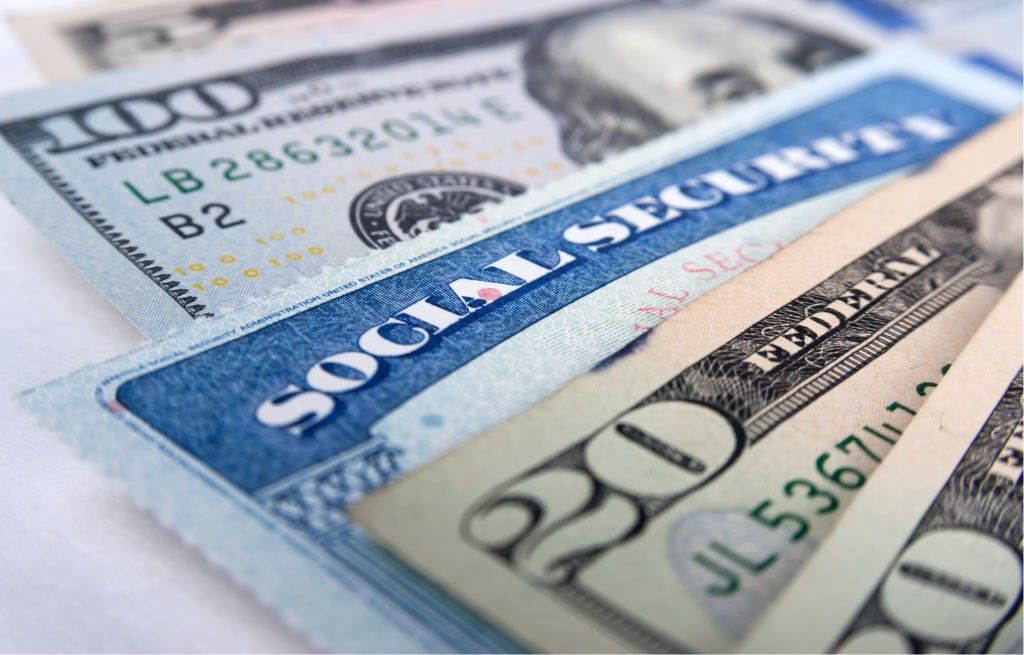How to Reduce Your Taxes Using a Donor Advised Fund

Flow chart at the end updated for 2021.
Because of tax changes starting in 2018, Donor Advised Funds (DAFs) have become increasingly popular for good reasons. DAFs can save you a bundle in taxes.
To make it simple, here is how a Donor Advised Fund works. A DAF lets you make a charitable donation now, receive the tax deduction for this year, yet the assets donated do not have to be granted to your charities/church until later. You don’t have to decide which charities will receive your gift now, and there is no deadline for you to make that decision.
| The money you place in a DAF generally can grow tax-free while you decide over time when and to which charities your contribution will be granted. By the timing of your giving not being tied to the timing of your granting , you have much more control.
A DAF lets you seize tax-saving opportunities through
charitable giving while deferring the decision of who
gets the money. You are still in control of when the charities receive their grant. Let me be quick to say that there is no strategy that I know of that increases your net worth by spending or giving away more of your money. The financial benefit I am talking about here is HOW to give what you would normally give anyway. The DAF is a tool that gives you freedom and
flexibility to implement tax-saving strategies in a way that makes more
sense for you. If you are a generous
giver, why not do it in the most tax-efficient way? Read more… |

Freedom and Flexibility
One thing that makes DAFs so beneficial is that you
can plan your charitable giving to lower your taxes over multiple years and/or
during specific high-income years without having to decide which charity to
make the donation. Even if you don’t itemize due to the higher standard
deduction, you can use DAFs to itemize your deductions by bunching your
charitable donations while claiming the standard deduction in alternating
years.
To learn more about how bunching charitable
donations helps lower taxes, take a look at my article, “ Bunching
Charitable Donations to Reduce Your Taxes
.
”
DAFs give the flexibility to claim the deduction
when the donation is made, but the monies be granted out to charities at the
donor’s discretion over as long a period as desired, to as many qualified
charities as desired. If you grant to 501(c)(3)s and public charitable
organizations such as most churches, you have options.
Available to
Anyone
DAFs are available to everybody. DAF foundation reports show the median
account balance is only around $20,000. DAFs can be useful for people who
itemize their deductions every year or who combine their donations to itemize
periodically. People who can take advantage the most are charitably minded taxpayers
who are in higher tax brackets, but taxpayers paying lower rates can also
benefit.

Easy to Use
First, it’s important to know that Donor Advised
Funds are actually very simple. Take this
example.
Suppose that every year you
give $10,000 to your church. But
this year you sold an investment property with a high capital gain and you know
you’re going to have a much higher tax bill this year. By giving more money to
charity this year, you’ll get a larger tax deduction, offsetting your tax
increase from the sale.
But you are not sure that you
want all that money to go the one charity. You never know what could happen after
you donate a large sum. Suppose the charity dissolves or starts making
decisions you disagree with and you prefer not to grant a large chunk of money
at one time to one organization.
By donating to a DAF, you get
the tax deduction on the full amount this year and you can decide later when to
give away your money and to whom. You have the freedom to decide how to split
up your grants among different charities and within your
preferred time period.
Another example may be that you are in your peak
income earning years, and therefore are in a higher tax bracket. You may want to
frontload your giving to a DAF to save more taxes now and then use those
donations later to make grants when you retire. (Whereas had you simply waited
to make the donations during your retirement years, your tax savings would be much
less because you will likely be in a lower tax bracket in retirement.)
Quick Facts to
Keep in Mind:
- Contributions are irrevocable and the monies must eventually be distributed to qualified charities (You cannot get your money back).
- If itemizing, contributions are all tax deductible in the year you contribute it to the DAF. If you claim the standard deduction, your donation will not be deductible; but you could still have control over the distributions to your charities. ( See my bunching article on how to get a tax deduction if you normally claim standard.)
- You are not required to immediately make grants to charities from the DAF.
- Deductible contributions are limited to 50% of your Adjusted Gross Income (AGI) for cash contributions and limited to 30% of your AGI for donated securities such as highly appreciated stock shares.
- By using an established DAF, the sponsoring organization holding the fund takes responsibility for all administrative work while you the giver get to simply invest and grant the money as you please.
- Cash, appreciated stock, and real estate are all assets able to be deposited into a DAF.
- DAFs are great options to consider with a bunching strategy, but they cannot be used for Qualified Charitable Distributions (QCDs).
DAFs allow you to make irrevocable contributions from your personal assets. After you make your donation, you can claim the gift as a tax deduction up to IRS limits. You name your DAF account, name your advisors, and choose what happens to the funds at your death. You can
- name successors to maintain the DAF and direct the grants, or
- name the charities to which the remainder of the funds will be granted and the DAF be emptied and closed.

Emotional Benefits
DAFs provide you with time, flexibility, anonymity,
and peace of mind. Through DAFs’ structure, they let you spend less time
and money dealing with legal, accounting, and filing costs that would be
required were you to use a different donation process other than a DAF. Not
only is a DAF a simple donation process that can be an integral part of your
tax-saving strategy, a DAF can help you easily contribute donations and take your
time to decide which charities that you truly want to support.
You can spend time considering various charities
and know your funds are being given to the charities you choose. DAFs also give you complete confidentiality if you would like.
Exactly What You Need to Do to Start Your
DAF
Once you've consulted your advisors and know that a DAF is the right choice for you, here are the steps you need to take.
- Make a donating and granting plan (not precise, but specific enough that you can decide how to invest the funds appropriately)
- Identify which of your assets to donate (and when)
- Find a sponsoring foundation that you like (listed below are 3 popular foundations)
- Complete the necessary paperwork to open your DAF
- Contribute to your DAF
- Invest the assets to align with your donating and and granting plan
- Make your grants per your plan (with DAF minimums in mind)
A few
prominent charitable foundations are listed below to help you see which might
be the most appealing to you and your specific financial needs.
- American Endowment Foundation: They require a 0.6% minimum fee with a $500 per year minimum fee, a minimum account balance of $5,000, a minimum of $10,000 to open a fund, and a minimum grant of $250. To find out more about how AEF serves their donors, use this link.
- Renaissance Charitable Foundation: They require 0.6% minimum fee with a $150 per year minimum fee, a minimum account balance of $2,000, a minimum of $5,000 to open a fund, and a minimum grant of $250. To get a closer look at the benefits of using RCF to manage your donor-advised fund, check out this link.
- Schwab Charitable Foundation: They require a $5,000 irrevocable minimum contribution to open a DAF and charge 0.6%/year (billed daily) with a $100 minimum fee, no minimum acct balance, a $5000 minimum starting balance, $500 minimum subsequent contributions, and $50 minimum grants. You can pick your own investments, but you’re limited to 14 mutual funds you can use unless you have more than $250,000. At other foundations, all public investments are available through the brokerage firm used. Feel free to use this link to calculate your annual fees using a Schwab donor-advised fund.
I’ve provided a chart below to give you an
easy-to-compare look at the basics of these three Donor Advised Fund
foundations.
These three foundations aren’t the only options out there, but by comparing what these three prominent foundations have to offer, you can get a better idea of the landscape and how to compare donor-advised funds.
As always, this article is not
intended to be specific advice, but rather to raise your awareness of
things to discuss with your financial adviser and tax preparer. Hopefully they
are collaborating with you already about these things.
You may find the flow chart below as a helpful guide as you discuss it.


Travis Echols , CRPC®, CSA
Receive free Social Security Guide by email
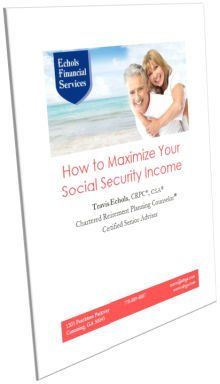
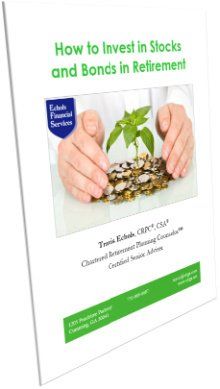
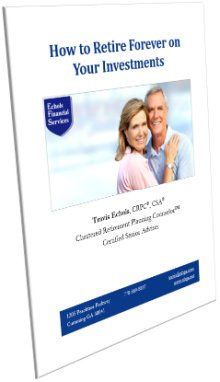
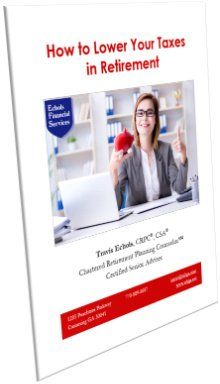
Investment Advisory Services offered through JT Stratford, LLC. JT Stratford, LLC and Echols Financial Services, LLC are separate entities.






